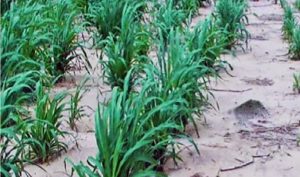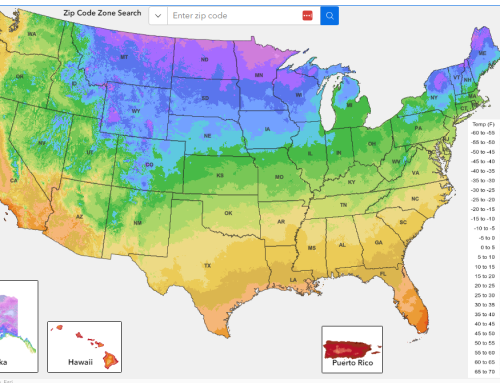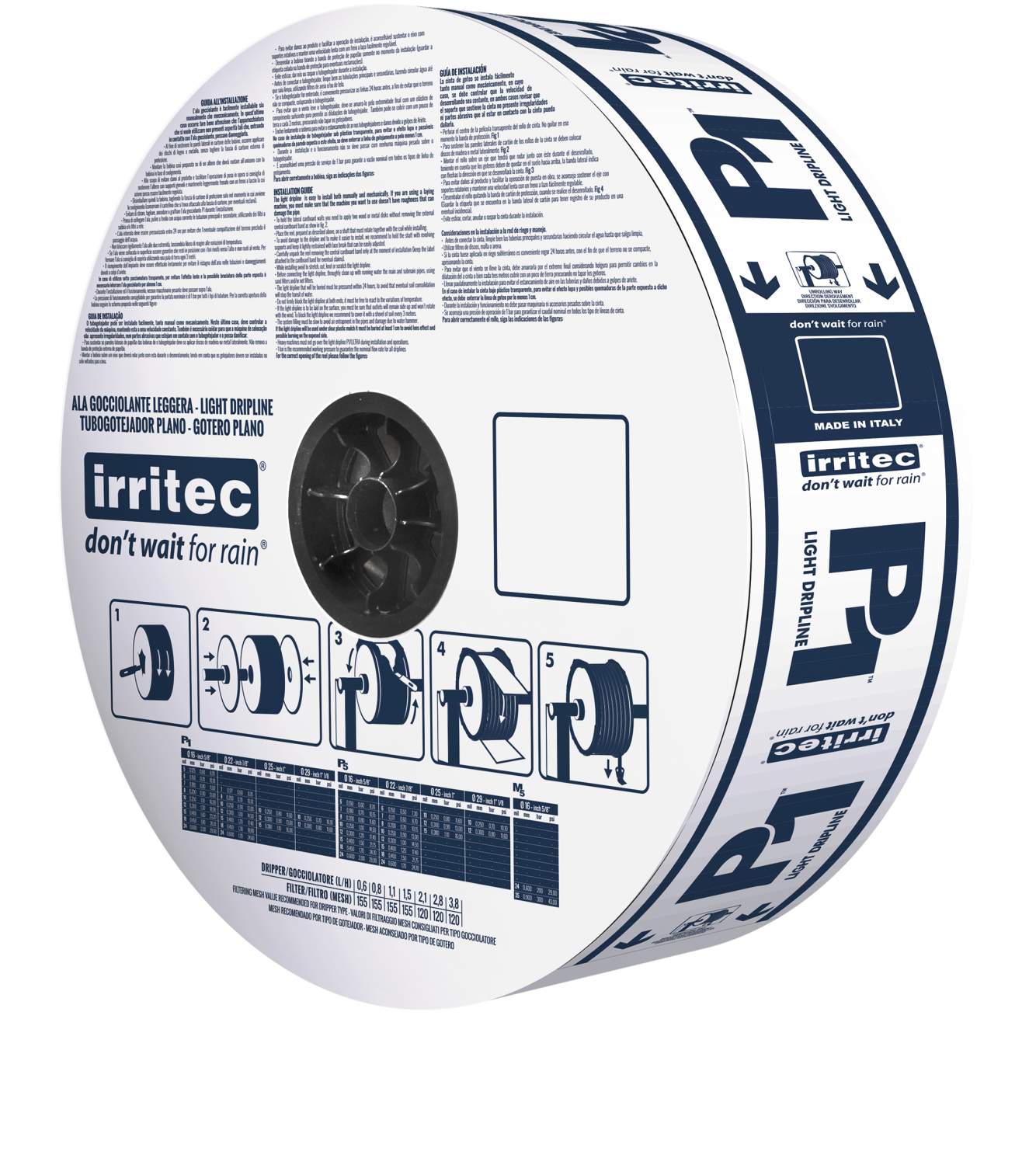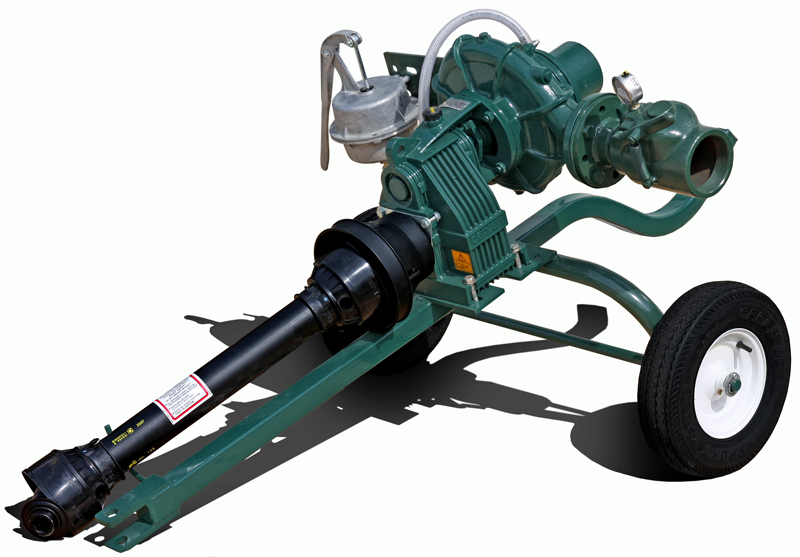Would you switch to a fertilizer that needs less water, and produced better results?
What if you were told it would also help the environment and reduce the strain on the nation’s sewage system?
The N.Y. Times (and others) are reporting that “it just so happens that human urine has the nutrients that crops need“.
Meet the Peecyclers. Their Idea to Help Farmers Is No. 1.
Human urine, Mr. Sellers learned that night seven years ago, is full of the same nutrients that plants need to flourish.

PeeCycle human Urine
By reusing something once flushed away, they say, they are taking a revolutionary step toward tackling the biodiversity and climate crises: Moving away from a system that constantly extracts and discards, toward a more circular economy that reuses and recycles in a continuous loop.
To pasteurize the pee, it stays in the jug for at least two months before the farmer applies it, plant by plant. The urine is used at full strength if the ground is wet, or, if it’s dry, diluted 1:1 with water so the nutrients don’t burn the crops. Scarves or masks are encouraged, to help with the smell.
Then there’s the ick factor, which peecycling supporters confront head on.
“Human waste is already being used to fertilize foods you find in the grocery store,” said Kim Nace, a co-founder of the Rich Earth Institute, which collects the urine of some 200 volunteers in Vermont, including Ms. Lucy’s, for research and application on a handful of local farms.
The stuff being used already is treated leftovers from wastewater plants, known as biosolids, which contain only a fraction of urine’s nutrients. It can also be contaminated by potentially harmful chemicals from industrial sources and households.”
#PeeTheChange
A Large Scale Experiment Used Human Pee to Fertilize Crops
Farmers in the African Republic of Niger face a unique problem, mainly a lack of access to fertilizer. So a team led by National Institute of Agricultural Research of Niger researcher Hannatou Moussa looked into resurrecting the ancient practice of fertilizing crops with human urine. Moussa also added some new practices like sanitizing it before application.

Niger Oga on Pearl Millet
The project stared with a group of Sub-Saharan women volunteers who are responsible for much of the agriculture in the region.
Another change that addressed social norms – the local farmers named the fertilizing product Oga, which translates to ‘the boss’ in the Igbo language. This was to help smooth over the social, religious and cultural barriers to open discussions on the use of human urine.
Now the women were divided into two groups. One group farmed their pearl millet in the traditional fashion. The second group applied Oga, with and without animal manure to experimental plots.
Across three years (2014 to 2016) and 681 trials, those who used Oga experienced an average 30 percent increase in pearl millet yield. The difference was so clear that many other women in the area started using Oga.
Within two years after the trials, more than 1,000 women farmers began using Oga on their crops.
Perhaps it is time to look into ancient practices a little closer to home.






